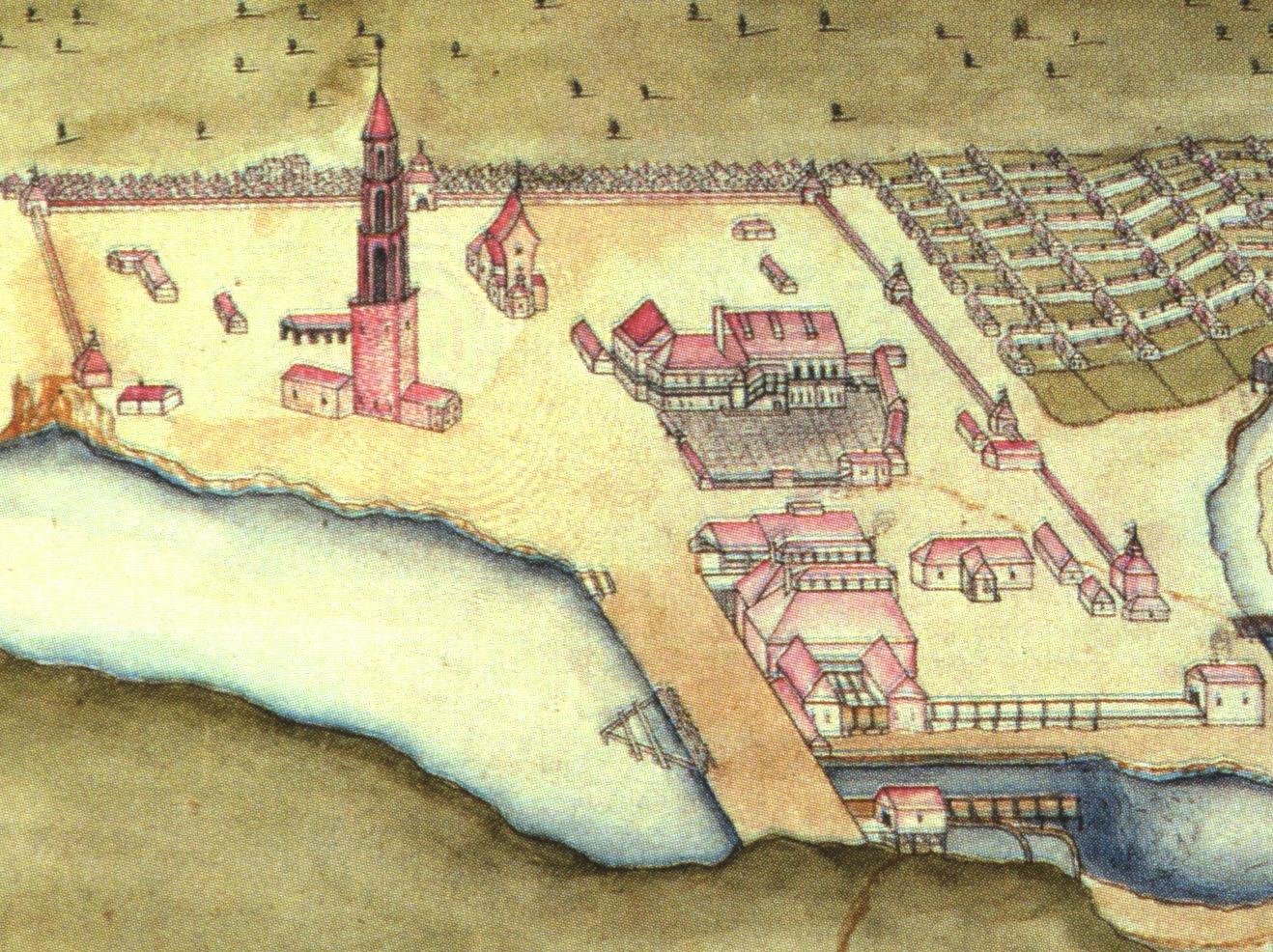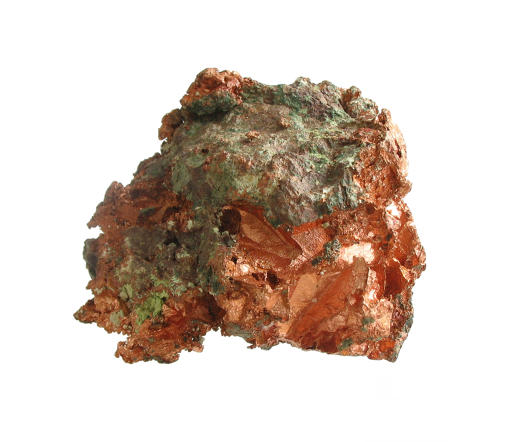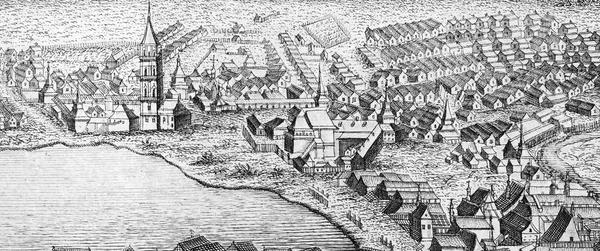This red copper cauldron, with a conical body, rounded sloping handles, a ridge at the base and a rim bent outward, was manufactured at the Nevyansk plant in the 18th century. The outer surface of the cauldron is uneven, the inner one is tin-coated. It was passed down from one generation to the other of the Kozlov family, who then donated it to the museum.
1 / 6
Large copper cauldron
Creation period
18th century
Dimensions
Height: 36 cm
Technique
Forging, tin plating
Collection
5
Open in app#1
Large copper cauldron
#7
#8
Copper cauldron. 18th century. View from above.
#9
In the 18th century, under Akinfiy Demidov, the Nevyansk plant was a real complex for the processing of the Ural mineral resources, including copper. Copper deposits were discovered in the vicinity of the Nevyansk iron plant. Nikita Demidov wrote in his report to the Collegium of Mining in November 1723: ‘I built plants for the copper-smelting business. And at these plants, we made upwards of ten copper smelters. At the old iron plant (Nevyansk) and at the mines, there are 15 furnaces.’
#15
The Nevyansk plant
#12
Producing copper from ore was more labor-intensive than smelting iron. The Nevyansk workers mastered the complex technology of copper smelting. Local copper ore was initially processed. As clerk Grigory Makhotin mentioned in the ‘Memorial Book, ’ ‘there is a copper mine called the Pogorelsky, found in the Ayat settlement by the peasant Fyodor Golovin; the ore in it lies in the mountain between the wild stone in nests, and not as veins, and because of the low copper content, that ore cannot be smelted since 1732,’ For purification, copper was re-heated several times in furnaces of various types.
#13
Copper ore. Sample.
#14
Nevyansk craftsmen mastered not only the casting and forging but also the carving and minting of copper products. Copper production in Nevyansk continued with the next plant owners, the Yakovlevs (late 18th–19th centuries). There was a ‘copper cauldron factory’ where tableware was made and casting molds were stored. Products made of copper and brass (an alloy of copper and zinc), unlike iron ones, looked more refined and ductile. Naturally, the demand for such items was high, especially among the nobility. Jugs, vases, candlesticks, trays, samovars, teapots, and coffee pots were made from sheet copper and brass. As reported by Academician Peter Simon Pallas, in the 1770s even ‘seven- and eight-year-old boys were employed in production, making cups and other copper tableware.’
#16
State Autonomous Cultural Institution of the Sverdlovsk Region "Nevyansk State Historical and Architectural Museum"
read morehide
00:00
00:00
1x
Large copper cauldron
Creation period
18th century
Dimensions
Height: 36 cm
Technique
Forging, tin plating
Collection
5
Open in app
Share







